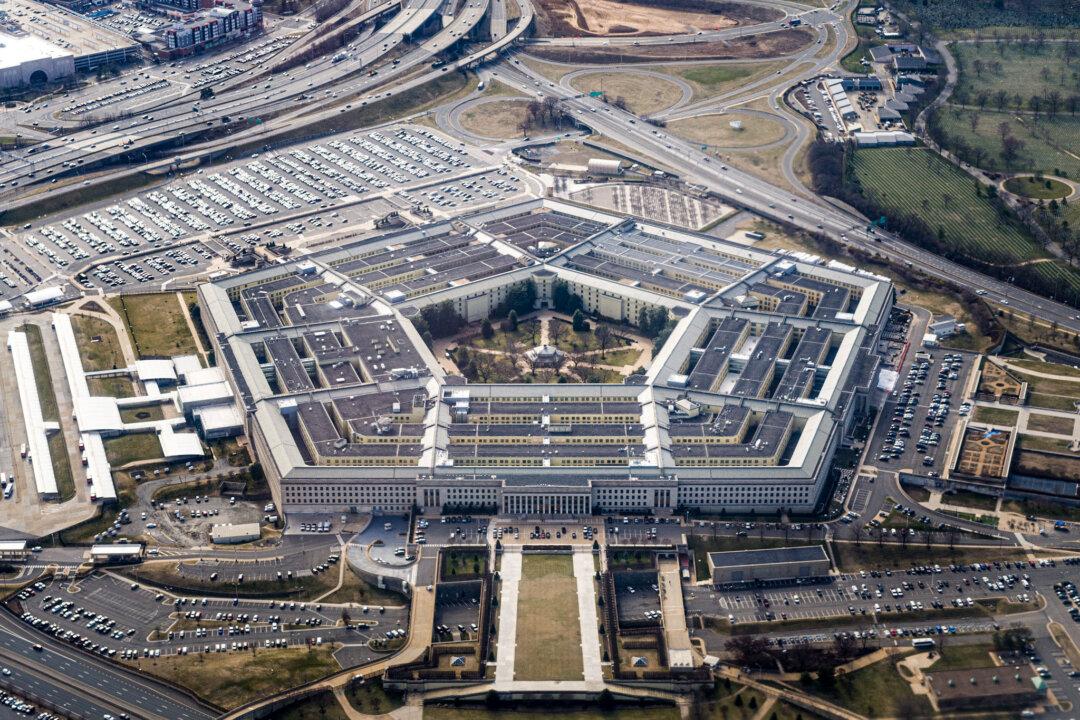Democrat New York City Mayor Eric Adams is arguing in court for the suspension of the city’s “Right to Shelter” requirement, citing the ongoing influx of illegal immigrants and asylum seekers in the city.
The Adams administration has been feeling a strain on its shelter capacity as a result of a prolonged influx of illegal immigrants and asylum seekers. The Mayor’s office has estimated more than 65,000 illegal immigrants and asylum have arrived in New York City since last year and more than 44,000 continue to use city shelters. In total, New York City is currently supporting 93,000 individuals in its shelter program; a number that “far exceeds the City’s previous highest-ever-recorded population of 61,000 individuals.”
Adams is seeking to modify the shelter rule by adding a provision that states: “The obligations to provide shelter to both homeless adults and to adult families shall be stayed when the City of New York acting through the New York City Department of Homeless Services (‘DHS’) lacks the resources and capacity to establish and maintain sufficient shelter sites, staffing, and security to provide safe and appropriate shelter.”
Adams defended his calls to suspend the “Right to Shelter” requirements in a Tuesday press statement.
Illegal Immigrant Bussing Straining NYC Shelters
In his petition to the court to suspend the shelter rule, the Adams administration noted much of the strain on the city’s shelter system is a result of other states deliberately bussing illegal border crossers to New York City.“The main driver of this increase was an influx of asylum-seekers arriving here from the southern border of the United States, in large part orchestrated by out-of-State actors seeking to score political points by exporting the responsibility and attendant fiscal burdens of caring for this population out of their state and, by political calculation, to the City of New York,” the court petition states.
Last year, Republican Texas Gov. Greg Abbott began bussing people who illegally crossed the U.S. southern border into Texas over to other states. Abbott’s bussing strategy has primarily targeted so-called “sanctuary cities,” which do not cooperate with federal immigration authorities that might arrest or deport illegal immigrants. New York City is one such “sanctuary city.”
Abbott revamped his busing strategy earlier this month, in the final days of Title 42—a pandemic-era authority that allowed border officials to turn away and expel migrants from the United States for public health reasons. The end of the immigration policy had federal border officials and local leaders in border communities bracing for a potential surge in border crossings.
Adams’ ‘Decompression Strategy’
While Adams has criticized Abbott for bussing illegal border crossers to his sanctuary city, he has begun his own “decompression strategy” of relocating illegal immigrants from New York City to neighboring areas of New York State. Officials in Rockland County and Orange County, who were due to receive some of these relocated individuals, issued emergency declarations in an effort to block Adams’s plan.“We’re projected to spend close to $4.3 billion, if not more,“ Adams replied. ”This estimate was based on a number of migrants coming to the city, and those numbers have clearly increased. We received, in several days last week alone, over 900 migrants on days … over two weeks ago, approximately 4,200 in one week. When you look at the price tag, $30 million comes nowhere near what this city is paying for a national problem.”





